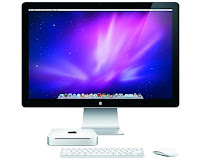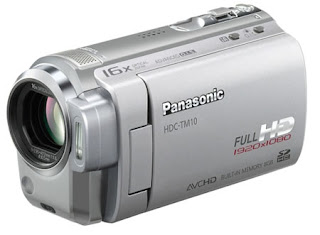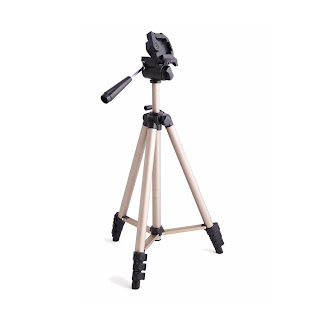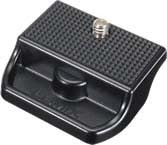To begin with, Here i have embedded both our Preliminary Task and our Final Cut of "Withheld".
After looking back at the Preliminary Task and then to our latest piece "Withheld" i can easily spot the differences that have occured between then and now. We have improved our skills to work in a group as well as our individual skills. The most important lesson i have learned from this year is that there is so many different things required to produce a proffessional looking film and if one area is not good enough, the final product will not be good enough either. But after taking this journey i feel i am prepared with the knowledge for the future when i should need these various skills again.
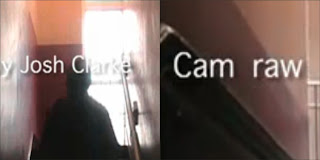 One of the comparisons to be made between the two is the way in which the titles were shown to the audience.
One of the comparisons to be made between the two is the way in which the titles were shown to the audience. In the preliminary task we attempted to use animated titles but after putting them in we noticed a number of flaws. In the first image to the left we notice our first blunder. By having such a bright natural light shining through the window we have in turn made the titles barely readable to the naked eye. As for the second image, we see "Cam raw" has been left on the screen as the titles flash off. Although this provided us with a new name for a production company it also taught us that pre-programmed title sequences can be develish to control.
This we corrected in "Withheld" by the intresting use of household objects such as a steamed up window or a knife block or even typed words onto a computer screen. Because we were then filming our titles rather than adding them after we could tailor exactly what we wanted into them. By doing this we greatly reduced the risk of another technical blunder involving out titles.
Another important comparison to make was our attention to continuity.
If you look at the image to the right you can see the wig that was originally next to the box, jumped from where it was and into the lap of Matty during the few scenes inside the office. After we made such a mistake we made sure to pay enough attention to not make another one when filming the final piece. Another lesson not to be forgotten in the future.
During the filming of the final piece we decided we would use a standard three point lighting system, similar to the one seen in the diagram to the right. After making a note from our preliminary task to keep a focus on any natural light which may effect the piece, we made a very bad misjudgment on set while filming the interior bedroom and bathroom shots.
Below is a small screenshot of the natural lighting seen in the bedroom. Had we used 3 point lighting we would have had a much brighter look on the action but i believe the way the light is in the shot suits the film much better than had we used lights.
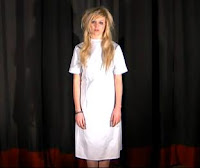
This said, when we felt it necessary to use a 3 point lighting system i believe we used it quite effectively to show the harsh lack of colours in the theatre shots. An example of which is placed on the right.
Overall i am very pleased with myself and the group and how we have progressed through the year. We have taken any negatives we have come across and improved upon them as best we can to come out with our final product and the lessons to stop us from making the same mistake again.



